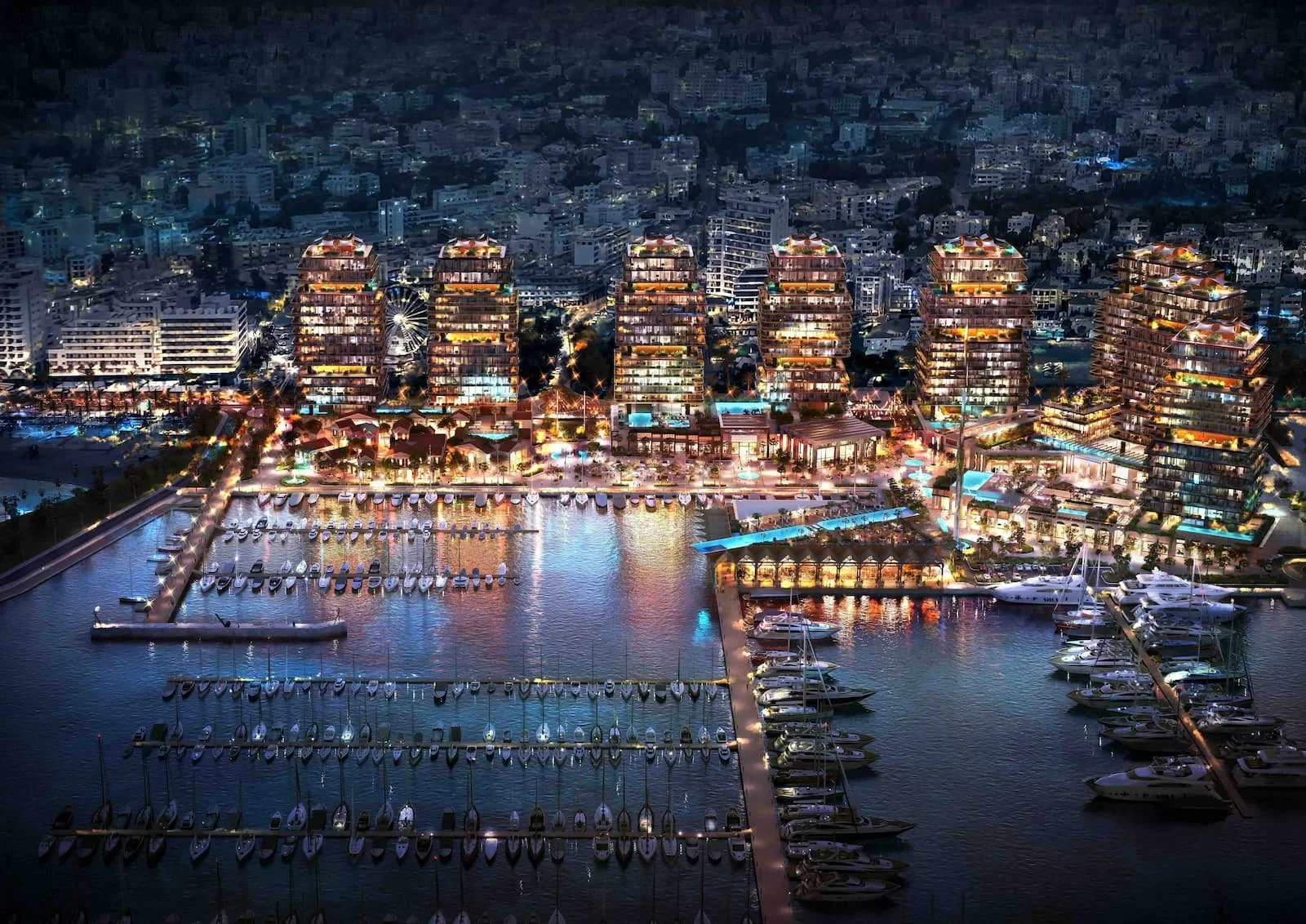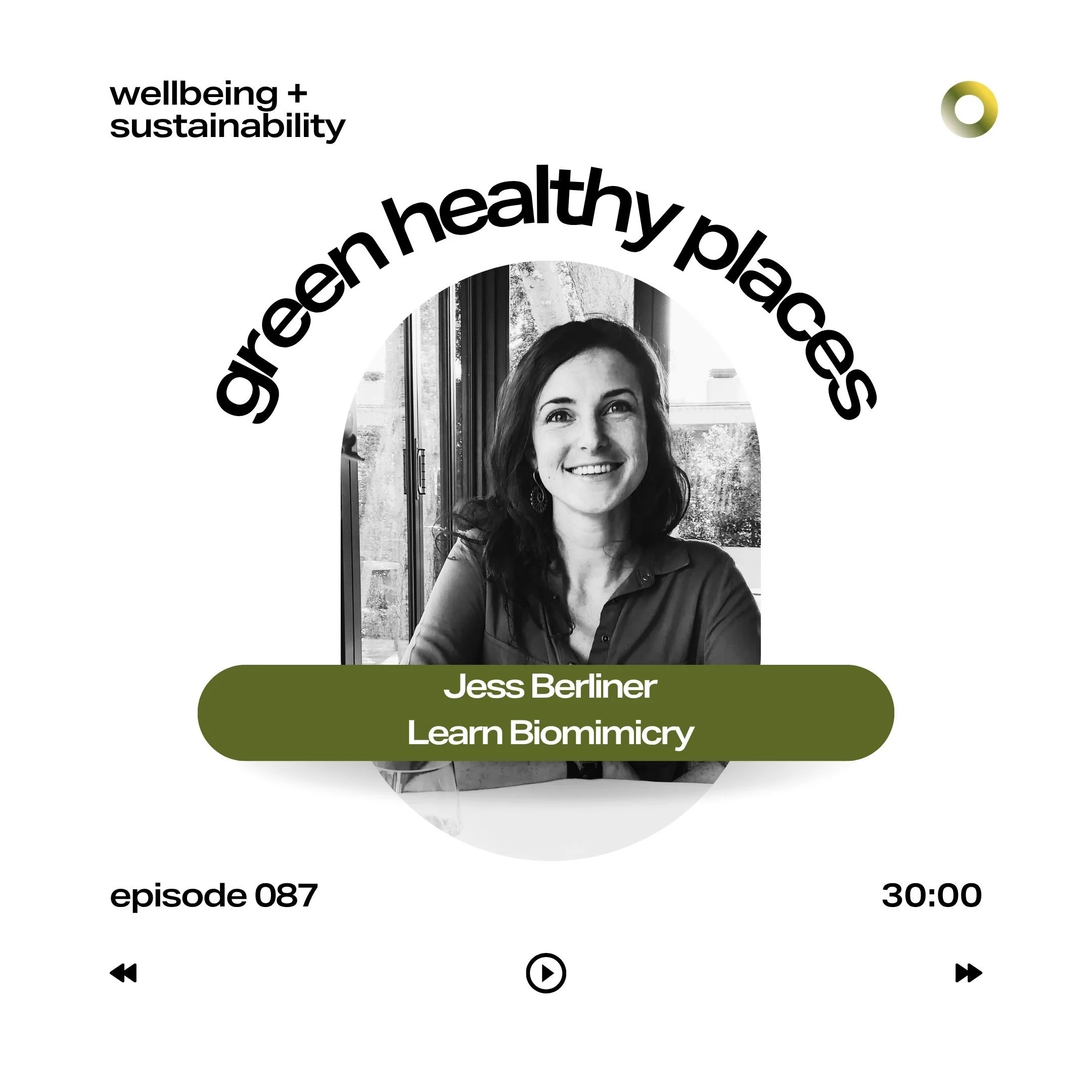Marketing, design & wellness strategy for green, healthy buildings & destinations.
A boutique advisory led by Matt Aspiotis Morley, formerly Marketing & Brand Director at Porto Montenegro (2010-2019), now Founder of Biofilico wellness interiors and Biofit gym + spa design.
Contact Us
Montoya, Carrer d’Avila 32, Barcelona 08005, ESPANA
We help property developers, brands, & landlords leverage marketing, design & wellness to create regenerative places.
The leading Eastern Med destination for residences, marina, hotels, retail, offices, educational and lifestyle amenities; owned by Investment Corporation of Dubai (IDC).
Porto Montenegro
A sustainable, urban regeneration project with marina, residences, hotels, offices, retail & lifestyle amenities backed by AroundTown in Cyprus.
Larnaca Waterfront
A sustainable, mixed-use heritage building in central London, UK. Acquired, redeveloped and sold on by Black Mountain Partners.
68 King William Street
SECTORS
-
Clients: Porto Montenegro (Montenegro); Larnaca Waterfront (Cyprus); Black Mountain Partners (UK)
-
Clients: Marina Development Corporation (Italy); Porto Montenegro (Montenegro); Larnaca Waterfront (Cyprus)
-
Client: Beyond Apartments & Aparthotels (UK); Porto Montenegro (Montenegro); EcoWorld Ballymore (UK)
-
Clients: Bolton Group (Italy); Hero Group (Switzerland'); Porto Montenegro (Montenegro)
-
Clients: Carnegie Mellon University Qatar; Karolinska Medical University Stockholm (Sweden)
Trend Report :
Biophilic Design Part 1
SERVICES
Placemaking Strategy
We help define the human experience of place — advising on the lifestyle mix, programming, and amenities that make developments feel alive and socially connected.
Deliverables:
Amenity & activation strategy
Lifestyle and F&B mix guidance
Public realm activation
Community engagement
Thought Leadership
Through our speaker engagements, podcast and trend reports, we explore the future of wellness real estate, sustainable interiors, and green buildings — creating a content ecosystem that elevates both our brand and our partners’ projects.
Deliverables:
Guest collaboration opportunities
Cross-promotion on GHP digital platforms
Content production advisory for clients
Wellbeing Strategy
We integrate into project teams alongside architects, designers, engineers and Human Resource representatives to advise on how, where and when to deploy a wellness strategy for maximum effect.
Deliverables:
Health and fitness facility selection
Wellness programming
Biophilia plans
Acoustics & lighting
Healthy materials selection
Active travel plans
Indoor Air Quality (IAQ) plans
Mental health initiatives
Brand & Marketing Strategy
We build the brand foundations of new developments - from namin and narrative to visual identity direction — connecting your development to investors, residents, and media through authentic storytelling and content.
Brand positioning & narrative framework
Naming & tagline creation
Brand values & audience definition
Creative brief for visual identity or design partners
Marketing & communications roadmap
Content and editorial strategy
Digital & social activation plan
PR guidance and partnerships
Search & selection of external agencies
Trend Report :
Biophilic Design Part 2
CLIENTS
Bolton Group, Italy
Healthy building, workplace wellness and sustainable interiors advisory for an office headquarters (2023).
Melia Hotels, Spain
Biophilic design brand guidelines for ZEL Hotels inspired by the Mediterranean lifestyle (2023)
Qatari Royal Residence, Qatar
Healthy indoor environment report for new build luxury residence (2022).
Guesthouse Hotels, UK
Boutique hotel group sustainability strategy and annual action plan (2022).
Beyond Apartments & Aparthotels, UK
Sustainable wellness strategy and marketing for aparthotel brand (2024-2025).
Porto Montenegro, Montenegro
Brand and marketing strategy for a mixed-use waterfront redevelopment (2010-2019).
Hero Group, Switzerland
Workplace wellbeing and biophilic design advisory for a multinational foods conglomerate (2018-2019)
The HVN, UK
Healthy, sustainable indoor environment advisory for eco-luxury medi-spa (2022).
Carnegie Mellon University, Qatar
Integrating sustainability and wellness design in 5,000 sqm of student and staff spaces (2024-onwards).
Larnaca Waterfront, Cyprus
Brand and marketing strategy for a mixed-use waterfront redevelopment (2023).
EcoWorld Ballymore, UK
Biophilic real estate and interiors research study (2016)
Fusion Students, UK
Wellbeing spaces for 8 x student coliving developments around the UK (2023-2025)
Black Mountain Partners, UK
Marketing and placemaking for a real estate investment fund (2019-2022)
Marina Development Corporation, Italy
Strategic marketing advisory for two Italian waterfront redevelopment projects.
JOURNAL
Tadao Ando
There should be a harmony between the artificial world, the natural environment, and human beings.
Trend Report :
Recovery studios & longevity clinics
FAQs
-
Sustainable hotel design and green hotel construction combines environmentally friendly architecture and development practices alongside a long-term vision of sustainable hotel operations policies to fight climate change.
A new build construction or refurbishment often provides a wider range of opportunities than a refurb or an operational hotel, but even the latter can with commitment and collaboration, implement a slew of changes to reduce its environmental impact and align with the United National Sustainable Development Goals. This requires a combination of architecture, engineering, facilities managers, operations and interior design policies and procedures.
-
Buildings that promote health effectively incorporate considerations for the well-being of inhabitants into the architectural design, interior spaces, and ideally, the real estate development process from the beginning, alongside eco-friendly and sustainable building principles.
The definition of a health-focused building has a positive influence on the emotional and physical health of its occupants, whether it's a workplace, residence, wellness center, or educational setting.
-
There are now several health-centric building standards available that provide third-party certification.
As advocates for real estate well-being, we collaborate with the WELL Building Standard, FITWEL, RESET, and Active Score, either to obtain formal certification or simply to ensure your project aligns with these guidelines.
Pursuing a formal healthy building certification such as the WELL certification is becoming more and more popular, with good reason.
The WELL standard continues to lead the pack with its extensive science-backed research approach, adding the all-important substance needed for real estate developers to commit funding to wellbeing initiatives.
We anticipate a second wave of such sub-categorization incoming for the healthy building industry, at least until WELL offer a ‘light’ version of their own program for smaller real estate projects with more modest budgets.
The Joseph Allen Harvard team have a 9 Foundations of a Healthy Building model of note too.
-
Hotel sustainability plans ideally start in the site selection and pre-design phase in order to incorporate renewable energy solutions; water efficiency and carbon reduction measures into the project’s DNA from day one, for example via energy, thermal envelope and daylight modelling.
During the design phase (architecture and interiors) a new suite of opportunities present themselves to integrate a market-leading sustainable plan into the facilities, interior design and fit-out process.
A fully operation hotel would focus on generating efficiencies across carbon, energy, waste and water use as well as enhancing their biodiversity policy, community outreach, sustainable supply chain (products and services), guest wellbeing programs, eco cleaning protocols, Social Equity policies and so on.
-
An increasingly common term referring to residential real estate developers; hotel and resort brands, and employer brands implementing a human health and wellbeing strategy which informs a plan of actions to deliver resident, guest or employee wellness benefits.
Establishing a health and wellbeing program based on the World Health Organization's recommendations, accompanied by a concrete plan of action outlining how, when are where these various wellbeing initiatives will be implemented, can play a fundamental role in the ‘Social’ component of a real estate ESG strategy.
-
Wellness real estate leverages the scientifically established benefits of healthy building strategies like biophilic design; active design; improved indoor air quality; physical exercise; mindfulness and mental health considerations; intelligent lighting; nutrition; acoustic and thermal comfort and eco-friendly materials to create a differentiated market proposition based around health and wellbeing.
As consultants in the wellness real estate sector, our role is to guide developers and investment funds in integrating these concept into their mixed-use projects and communities.
We achieve this by employing a blend of engineering, architecture, interior design, and facilities management tactics., meaning it is a highly collaborative proces.
-
In the world of health offices and healthy coworking spaces, the role of a comprehensive wellbeing programme aimed at employee engagement, the promotion of physical wellbeing and a plan to target poor mental health issues amongst the workforce is best thought of as a combination of HR policies and interior design interventions in the built environment.
Effective workplace wellbeing strategies include fostering positive relationships amongst colleagues, ongoing efforts to boost employee morale by business leaders with internal community building and health promotion initiatives. Besides reducing the risk of mental illness, ensuring adequate levels of fresh air in the office, equitable access and engagement with building owners to ensure worker time indoors is as positive an experience as possible, we need to be monitoring for higher levels of CO2, PM2.5, PM10 in indoor air on an ongoing basis.







